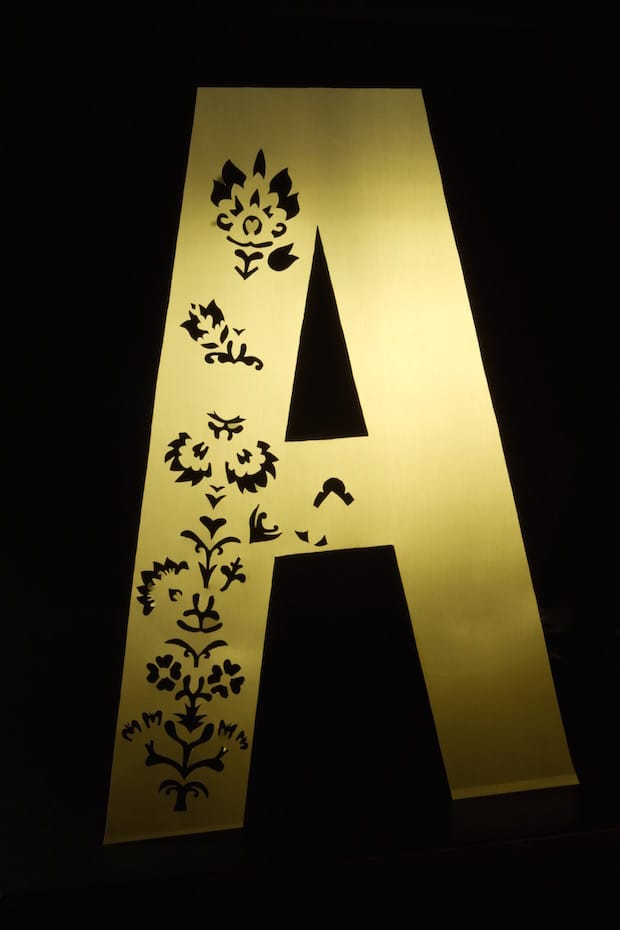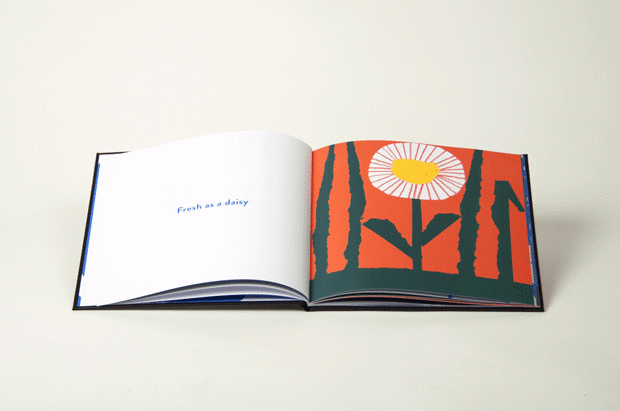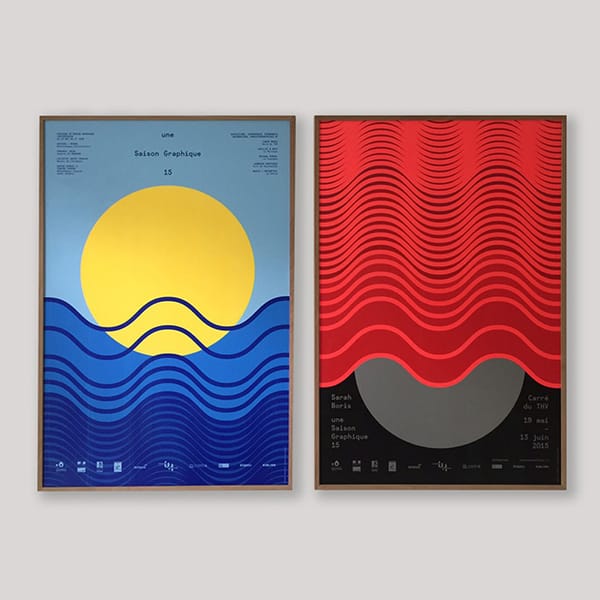Maker Linda Brothwell has created beautiful letters to replace those missing on some of Liverpool’s more dilapidated shop fronts as part of her Acts of Care series. Grafik caught up with her to find out more.
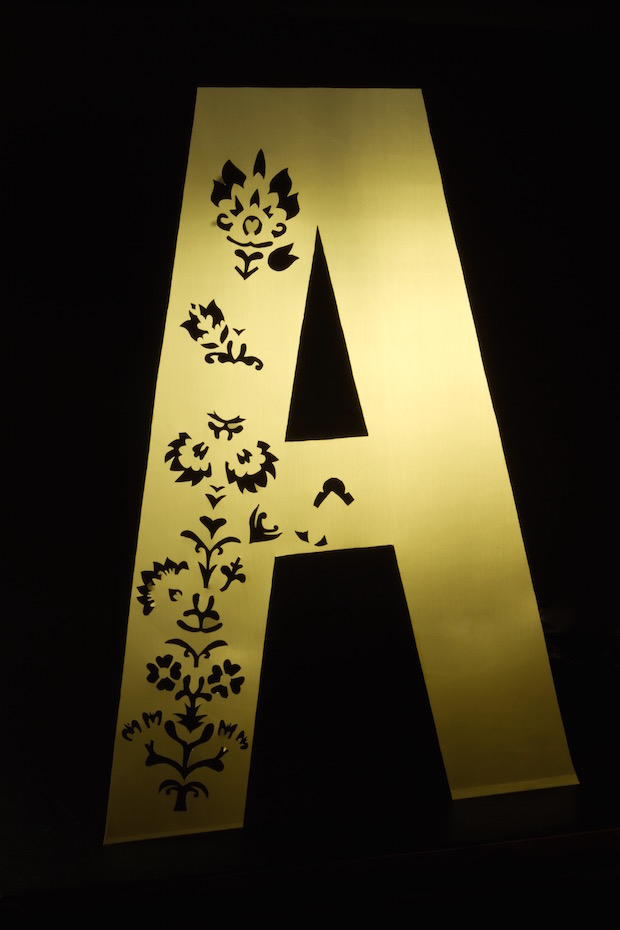
Tell us a bit about your project Acts of Care.
Acts of Care is a national project I started with Acts of Care: The Sheffield Edition for Jerwood Makers Open in 2013. I wanted to create a model of working that allowed me to explore ideas about heritage and place. Within Acts of Care I research the production history of a location, learn local craft skills and develop a set of unique tools and processes which result in a repair intervention in the public realm. The tools are all designed for the specific task and so become a unique record of the process of making the work. In each iteration of Acts of Care, outcomes take the form of crafted repairs which utilise the traditional craft and material heritages of that location. Acts of Care, made with the knowledge and research skills of both historical and modern local workers, creates an alternative mapping of the UK. For example, for The Sheffield Edition I created interventions of clusters of stainless steel Shims as repairs in the broken brickwork throughout the building of Portland Works, the site where stainless steel was invented. I also created the tools to make these Shims onsite using the various workshops that are still there today.

What was your starting point for approaching the Liverpool edition of Acts of Care?
As ever, a huge amount of research goes into each iteration of Acts of Care, and I tend to cast my net quite wide, so I spent many hours watching old archive footage of the docks, wandering around the city chatting with people at bus stops, and meeting community groups. From here things start to take shape and I became really focused on the missing letters of various buildings dotted around the city. I also wanted to look at the various communities and public buildings that make up different neighbourhoods within the city.
I photographed about forty signs: an old cinema, bakery, off licence, library and a pub, all of whose signage had missing letters. From this point I decided to design a new alphabet for the city, made up of the ‘Lost Letters’ (giving the project its title, Acts of Care: The Lost Letters of Liverpool) which would sit in the empty spaces to restore the damaged signs.
The inspiration for this alphabet came from traditional Polish paper cutting craft of Wycinanki. The Polish community in Liverpool is about ten-thousand-strong and I wanted the project to be a positive mark of the Polish presence within the city. Wycinanki is a Polish word for ‘paper-cut design’. The exact origins of the technique are not certain but it is said to date from the early Nineteenth century. There are many poetic stories regarding the exact origin of the practice but my personal favourite is that shepherds cut the designs from bark with sheep shears whilst tending their flocks away from home. On their return, these beautiful motifs would be given as gifts to loved ones and pasted onto the beams in the home for decoration.
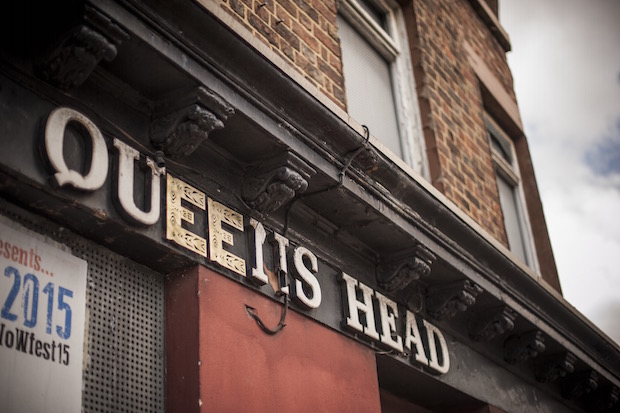
Could you tell us a bit more about the character Shlomo you write about in the accompanying publication to Acts of Care: The Lost Letters of Liverpool?
As the research stages are quite immersive I end up with a lot of stories, characters, techniques and materials to draw from. But at some point the intensive research period has to end and I return to my studio to design and make. The characters remain and tend to meld together, with things I have found particularly poignant or interesting staying at the fore. From hereon there tends to be a character that emerges and, very lightly, acts as the middle point of the project. The character is particularly important when it comes to the tool making. I design each set of tools to have characteristics that mark them as a set, and this is fed from the ideas I have about the character who has emerged: “what would they have access to?”, “How would they go about this task?”. Sometimes in my work this is more apparent than others, but for the Lost Letters of Liverpool I decided to make the character explicit and then write about him for the project’s publication.
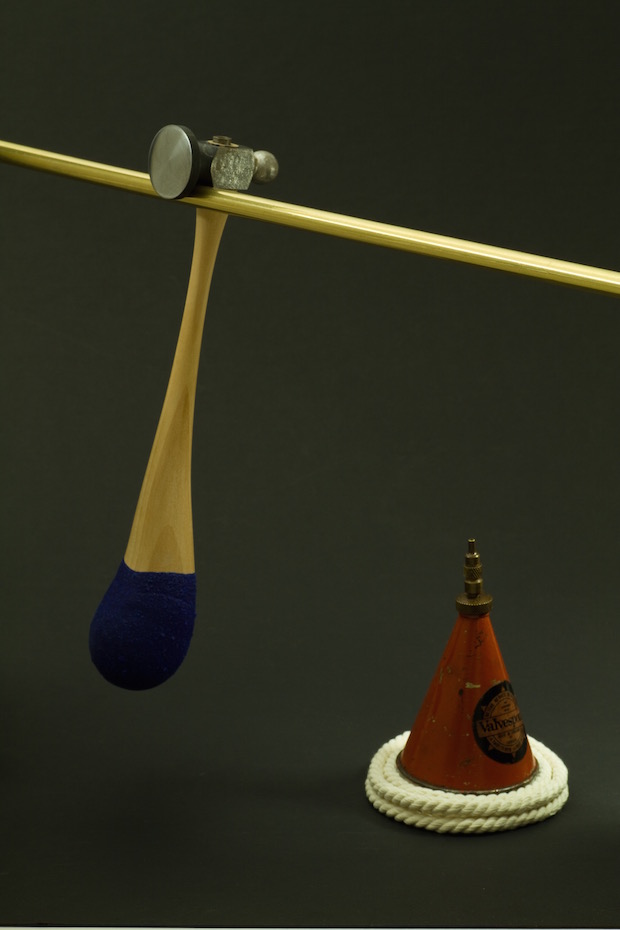
Why do you think it’s important to mark regionality and craft tradition?
It tells the story of our collective social history. Local craft traditions were born from local materials, needs, and skills. Often these skills came about through necessity – to repair (e.g., darning) or to create a required object for local people to carry out their daily tasks with (e.g., Sussex Trugs). So in looking at these crafts and skills it teaches us a history of the area: its old industrial or agricultural history, local materials and the various roles of different people over time. I find it a way of exploring how one finds a sense of place.
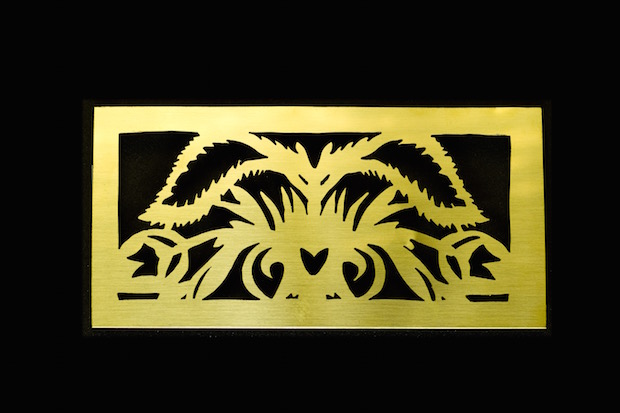
What do you find particularly valuable about designing the tools themselves, alongside more traditional outcomes?
I have been designing and making tools and work-systems as part of my practice since my time at RCA, from 2007–09, but it has been a part of my life for as long as I can remember. I grew up on a farm and there this sort of resourceful practice was commonplace; it is of course different to how I work now but the problem solving (and, sometimes, problem inventing) has its foundation in this practical life. The ability to make and use tools has value beyond the utilitarian. Acts of Care is about action and people and so by creating the tools to perform these actions of care I am trying to engage people in this new system of value.
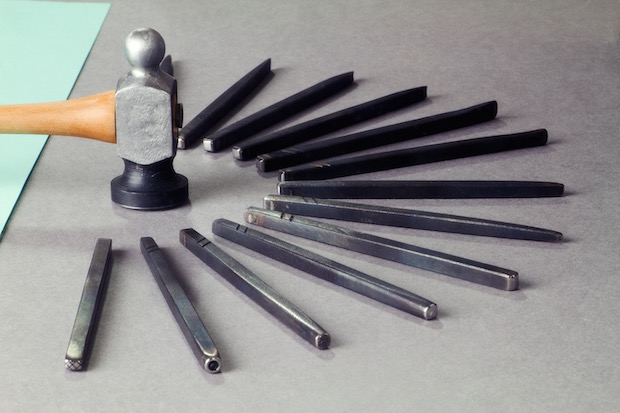
Do you have any plans for marking Norwich’s craft traditions when the exhibition moves there?
I am really excited about the Norwich work, and it’s currently all around me in the studio. The Norwich edition has a slightly different feel as I decided to really focus upon expanding the material research and allowing that to be the main body of the exhibition. So there are new challenges which I’m finding really interesting and it’s exciting to push myself out of my comfort zone. The upcoming exhibition in Norwich will have the Acts of Care editions created for Sheffield and Liverpool displayed alongside the research for Norwich, almost as a pre-Acts of Care display. I’m looking forward to seeing them all together for the first time in October.
As the show is with Norwich Castle Museum and Art Gallery, I was invited into the stores to look at their collection, including the fantastic collection of Norwich Shawls. Dyeing is something I’ve been doing recently (there are hand-dyed rope tools in The Lost Letters of Liverpool) which Norwich is well known for and so I’ve been working on how to incorporate this with some rather unexpected materials and techniques.
Build Your Own: Tools For Sharing
(Featuring Linda Brothwell’s Acts of Care: The Lost Letters of Liverpool)
Until 31 August 2015
Fact, Liverpool
fact.co.uk
3 October 2015 – 3 January 2016
Norwich Castle Museum and Art Gallery
museums.norfolk.gov.uk
Build Your Own is a Crafts Council and FACT partnership exhibition in association with Norfolk Museum Services.

